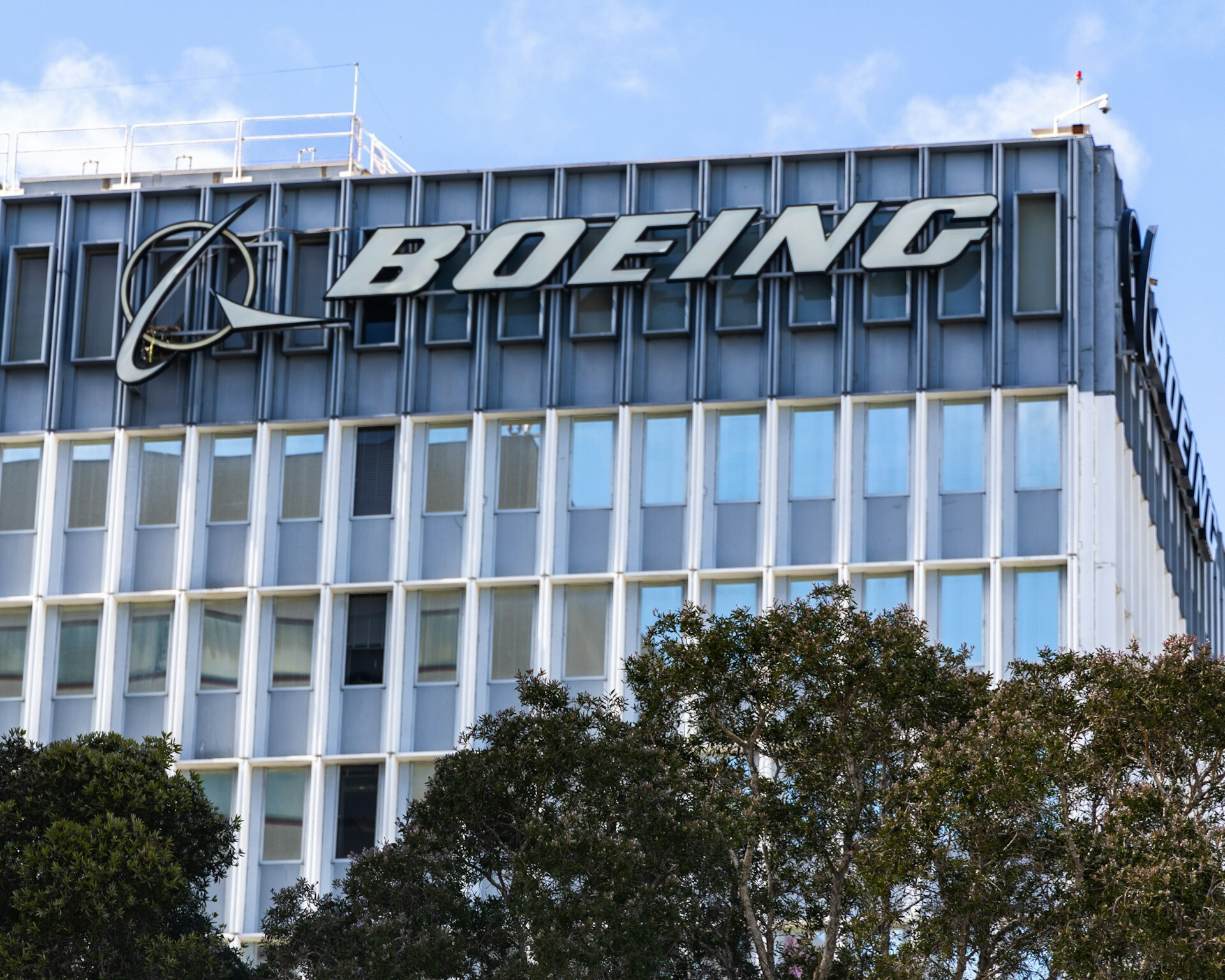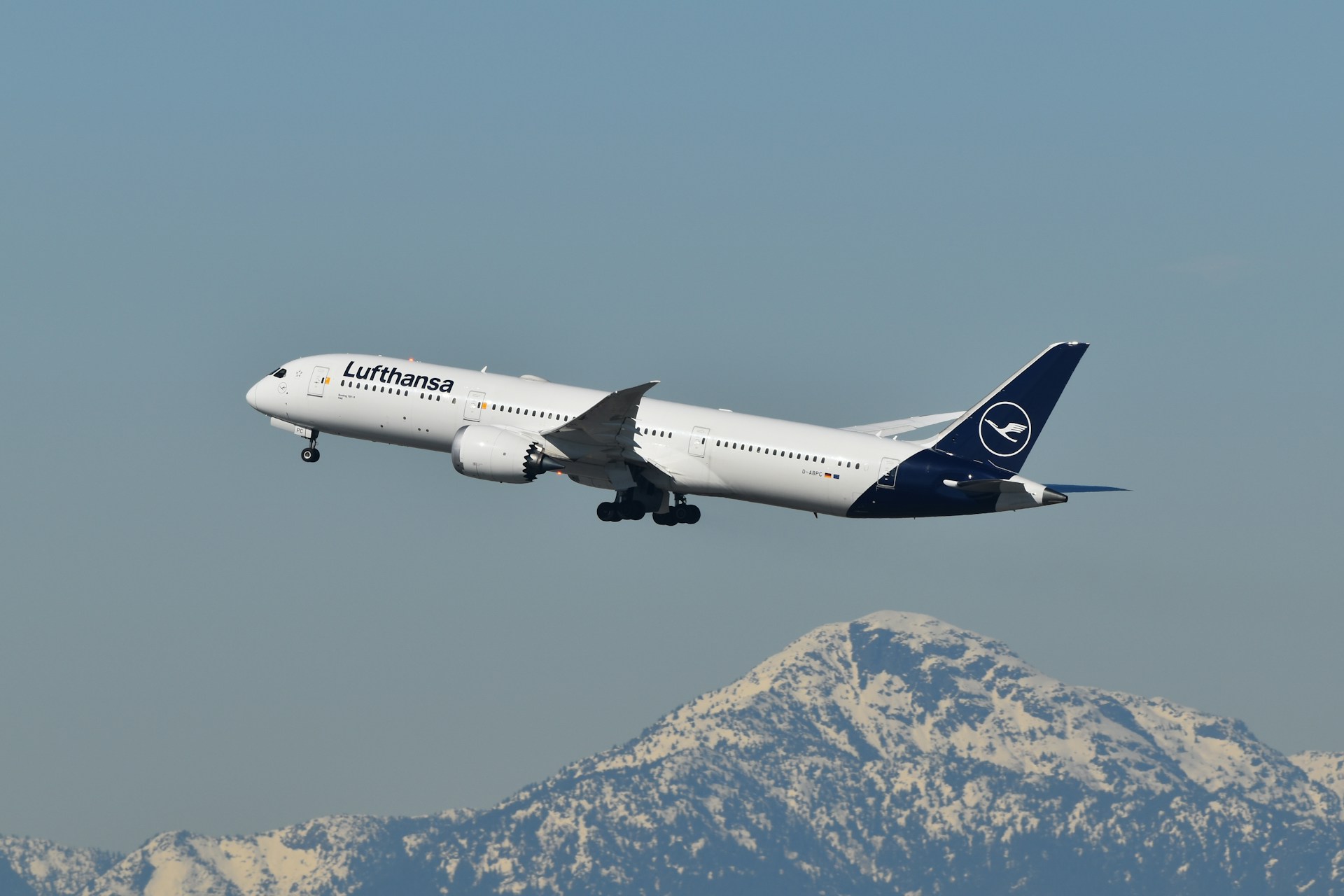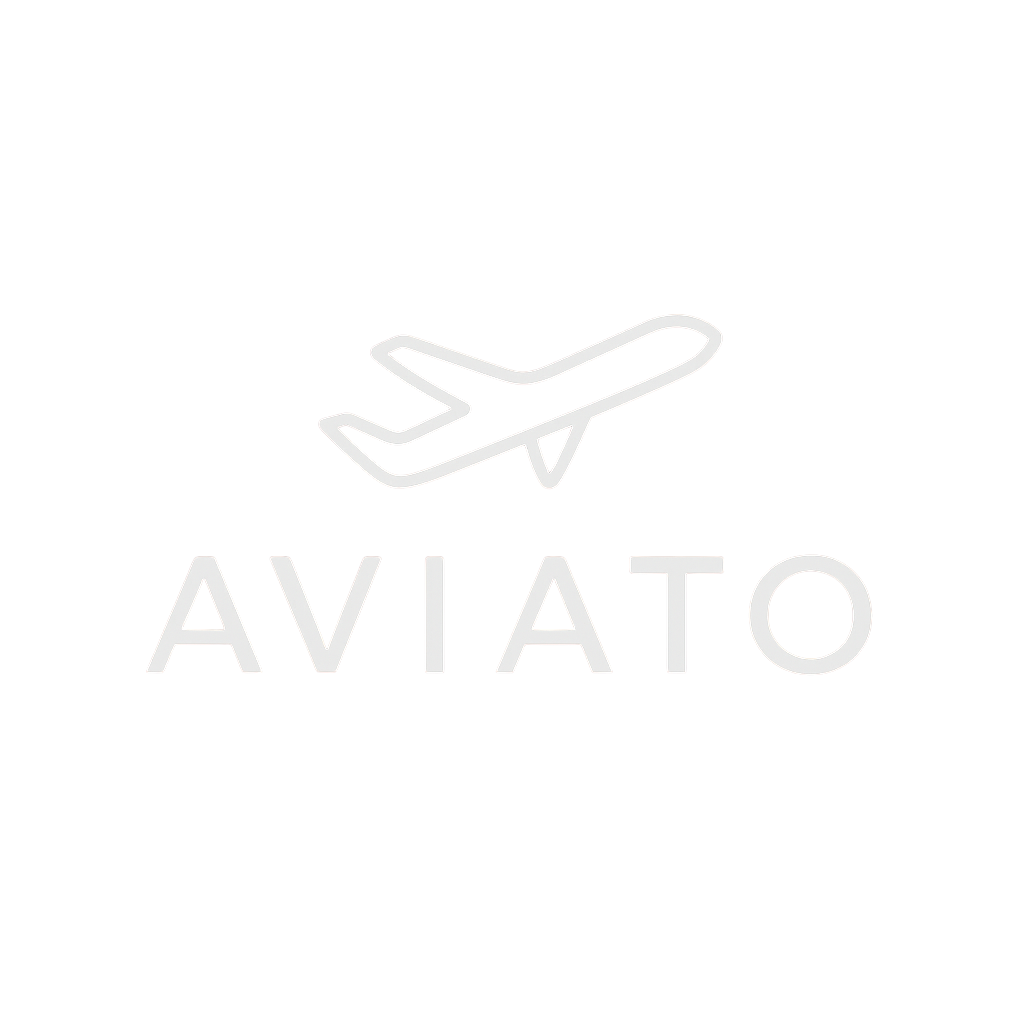Boeing’s Next-Generation Narrow-Body: The 737 MAX Successor Takes Shape
Key Takeaways
- Boeing is reportedly in early development of a new narrow-body aircraft, marking its first clean-sheet commercial design effort in nearly two decades.
- The move reflects a strategic shift away from iterative upgrades of the 737 platform toward a next-generation design built for modern efficiency and safety.
- Airbus’s A320neo family dominance continues to pressure Boeing, as global airlines seek more fuel-efficient and technologically advanced narrow-body aircraft.
- A new design would likely feature advanced materials, next-gen engines, and digital flight systems, aligning with sustainability and performance demands of future fleets.
- Given typical development cycles, the aircraft is expected to enter service in the early 2030s, reshaping global competition in the single-aisle market.
Boeing’s Strategic Pivot Toward a Clean-Sheet Future
After years of defending and refining the 737 MAX family, Boeing appears ready to embark on a long-awaited transformation. Reports suggest that the company has initiated conceptual studies for a 737 MAX replacement, a move signaling both ambition and necessity.
The 737 MAX has been central to Boeing’s narrow-body strategy for over a decade, yet the model’s tarnished reputation following two fatal crashes and subsequent regulatory scrutiny exposed the risks of continually stretching a 1960s-era design. A new clean-sheet aircraft would represent a generational reset for Boeing’s engineering philosophy — one aimed at restoring confidence among airlines, regulators, and passengers alike.
The Limits of the 737 Platform
While Boeing successfully returned the 737 MAX to service after an extensive safety overhaul, structural and design limitations remain inherent to its decades-old architecture. The low ground clearance restricts the size and placement of modern high-bypass engines, while system integration challenges complicate further upgrades.
In contrast, Airbus’s A320neo family — launched with a more modern baseline design — has captured a commanding share of the single-aisle market, supported by a broad range of variants including the long-range A321XLR. Many analysts argue that Boeing’s incremental improvements to the MAX can no longer close the performance gap.
The next Boeing narrow-body will therefore need to achieve double-digit fuel efficiency gains, reduced noise footprints, and lower lifecycle emissions — all while supporting flexible cabin configurations for both short- and medium-haul routes.
The Economics of Reinvention
Developing a new aircraft from the ground up is an enormous financial and technical challenge. A typical commercial jet program can cost $15–20 billion and require seven to ten years from design to delivery.
For Boeing, which continues to recover from the 737 MAX crisis and COVID-era production disruptions, this represents both risk and opportunity. A successful new narrow-body would not only revitalize the company’s product lineup but also reshape its industrial base, influencing suppliers, maintenance networks, and pilot training programs worldwide.
However, the company must strike a careful balance between technological innovation and execution discipline. Boeing’s leadership has repeatedly emphasized the need to ensure design maturity before launch — a lesson learned from previous program setbacks on both the 787 and MAX.
What the New Boeing Jet Might Look Like
While no official details have been released, early discussions suggest the aircraft could feature:
- Composite airframe construction similar to the 787 Dreamliner, reducing weight and maintenance costs.
- Advanced turbofan engines potentially using hybrid-electric assist or sustainable aviation fuel optimization.
- A new digital cockpit architecture, leveraging automation and predictive maintenance capabilities.
- Flexible fuselage and wing designs, enabling both high-density and extended-range variants.
These innovations would position Boeing to meet rising airline demand for sustainable operations — a key factor in upcoming fleet renewal cycles expected between 2028 and 2035.
Market Impact and Competitive Dynamics
Boeing’s decision to pursue a clean-sheet design comes amid an increasingly one-sided battle in the narrow-body market. Airbus’s A321neo and A321XLR have dominated new orders, particularly in the middle-of-the-market segment once served by Boeing’s 757 and 767.
A modern Boeing single-aisle aircraft could rebalance the competitive landscape by offering airlines an alternative to Airbus’s high-capacity narrow-bodies with better economics and range flexibility.
Industry observers also note that U.S. and Chinese manufacturers are pushing aggressively into this space. China’s COMAC C919 and Embraer’s next-generation concepts highlight how the single-aisle segment — representing nearly 70% of all commercial aircraft orders globally — remains the most strategically critical battleground in aviation.
The Road Ahead: Caution and Confidence
Even as Boeing explores this new design, the company is expected to continue producing the 737 MAX for years to come to fulfill existing orders and maintain market presence. Airlines typically require years of lead time for fleet transitions, and Boeing will need the MAX to sustain cash flow throughout the development cycle of its successor.
The next few years will be pivotal. Boeing must demonstrate to regulators, investors, and customers that it can deliver a technologically advanced, economically viable, and operationally reliable aircraft—one that restores its reputation as an engineering leader rather than a company defined by crisis recovery.
If successful, the new jet could symbolize the beginning of Boeing’s next era, where innovation, safety, and sustainability converge in a platform designed for the realities of 21st-century air travel.
FAQs
When could Boeing’s new narrow-body aircraft enter service?
Based on industry timelines, the new jet would likely enter service around 2031–2033, assuming formal development begins within the next two years.
Why not continue improving the 737 MAX instead of starting from scratch?
The 737’s legacy design constrains modern aerodynamic and engine options. A new design allows Boeing to incorporate advanced materials, digital systems, and sustainability features that the MAX cannot accommodate efficiently.
How much will Boeing’s new aircraft program cost?
Analysts estimate a total program investment of $15–20 billion, including research, testing, certification, and production ramp-up.
Will airlines need new training programs for the new aircraft?
Yes, a clean-sheet design would likely require type-specific pilot training, unlike the MAX’s commonality with older 737s. However, digital training methods could streamline the process.
What will happen to the 737 MAX once the new aircraft launches?
The MAX will remain in production well into the 2030s to serve existing customers and bridge the transition period until the new aircraft reaches commercial maturity.
✈️ Bottom Line:
Boeing’s exploration of a 737 MAX replacement is more than a technical undertaking—it’s a test of resilience and reinvention. The new aircraft could define the next generation of commercial flight, positioning Boeing not just to compete with Airbus, but to lead aviation’s next evolutionary leap in safety, efficiency, and design innovation.
.zip%20-%201.PNG)



